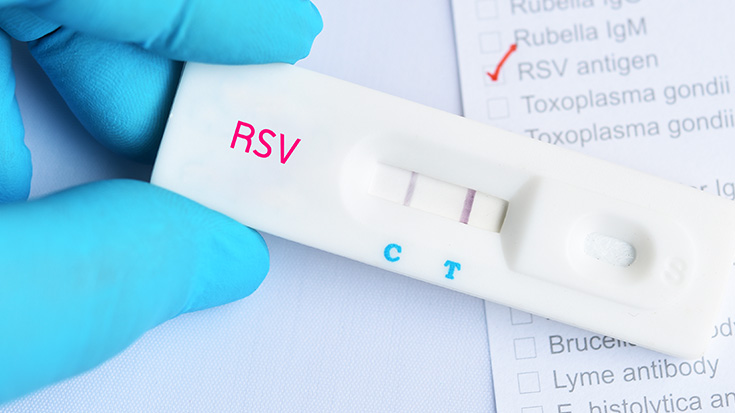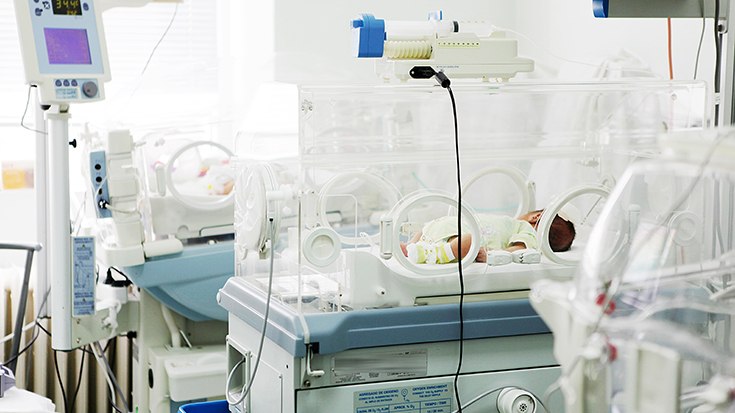
Serious illnesses linked to vaping – many of them in children and teens – have raised alarm throughout the medical community.
That has certainly been the case at Kevin McQueen’s hospital in Colorado Springs, CO. When he provided a lecture on the topic at Grand Rounds earlier this year, the lecture room was packed to overflowing.
“The initial event was in a room that holds approximately 80-90 individuals and 125 people showed up to hear the presentation,” said McQueen, MHA, RRT, RRT-ACCS, CPPS, CM, director of respiratory care and sleep diagnostics at UCHealth Memorial Hospital. “They were literally lining the hallway outside of the conference room and looking through the window at the projector screen.”
Big demand
After the presentation was over, he was approached by the hospital’s marketing department to see if he would be willing to be interviewed on the dangers of vaping by a local news agency. During the taping, he noted that UCHealth was willing to go out to local schools to talk to kids about those dangers, and he repeated that offer during subsequent interviews with all four major local networks – NBC, ABC, CBS, and Fox – over the next few weeks.
“The emails started rolling in after each interview was aired,” McQueen said. I have conducted over 25 presentations so far throughout Southern Colorado, with 1,500 total attendees.” He has 20 schools left on his spreadsheet, and more requests come in every week.
His audiences have consisted of fourth and fifth graders, seventh and eighth graders, high school students, parents, teachers, and even some community groups.
Covering the basics
McQueen’s presentation covers the basics about vaping devices, including incognito or stealth vaping devices that are specifically designed so that teenagers can hide vaping from their parents and teachers. He explains the contents of the liquids used to vape, noting those liquids can contain heavy metals, chemicals, nicotine, and THC.
He also shares current information on the newly identified condition called “E-cigarette or Vaping Product Use-Associated Lung Injury (EVALI)” and shows several photos of young people with EVALI who are on life support or ECMO.
Exploding batteries, accidental ingestion of the vaping liquid by young children, and government regulations on these devices are discussed too.
McQueen says the presentation has received rave reviews from parents, teachers, community members, and the young students themselves.
The time is now
Should more RTs step up to do what he’s doing in his community to ensure more people understand the dangers of vaping? McQueen believes it’s part of the RT’s mission to get involved.
“RTs have extensive training in respiratory care and are seen as experts in this area,” he said. “When an RT gets up in front of people about the known and unknown long-term effects of vaping, people trust what we are saying.”
He’s already recruited some other RTs in his area to help – two work with him at UCHealth, one is the program director of the local RT program, and one is a retired RT educator. Together, they are getting the message out to their community that vaping can cause life-threatening illnesses and, in some cases, even death.
With the public’s interest in this topic growing with every new report of a young person who has been adversely affected, now is the perfect time for RTs to provide their communities with accurate information about vaping devices and the harm they can cause.
Learn more about EVALI in this CDC press release.
Email newsroom@aarc.org with questions or comments, we’d love to hear from you.














